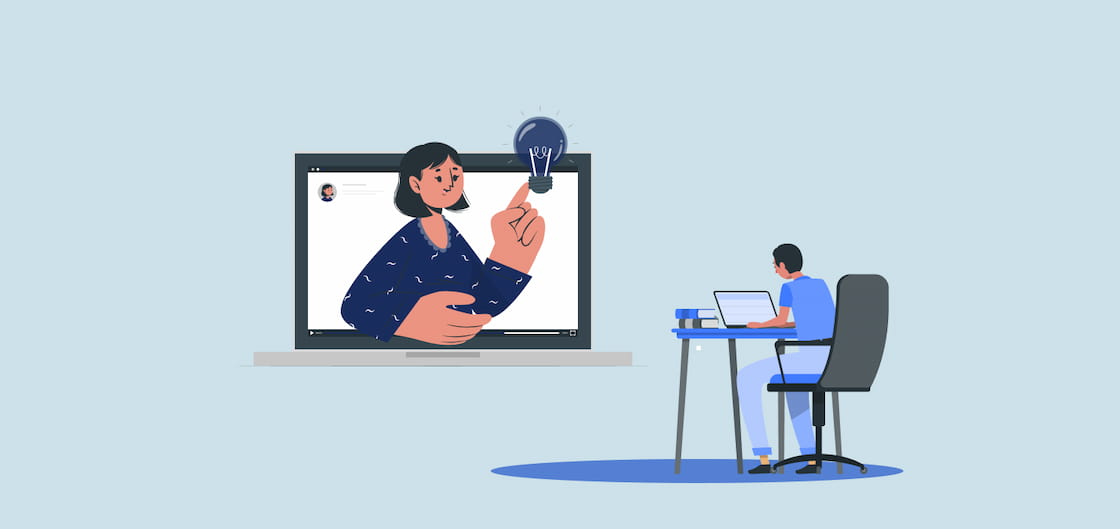
Personalization.
Every student needs to have his or her individual needs met, and the burden of this incredibly challenging task is upon…you guessed it – the teachers. But it’s not as hard as it really sounds. Ask yourself a question: How well do I really know this student both as a person and as a student? Knowing each student as a person, first, allows you to connect with this student. What are her interests? Once you know this student as a person, the next thing you need to understand is how this student learns best. Is it through doing? Is it through listening? Is it from reading? Is it a combination of all three? This does not mean that you should only provide one type of instruction to the student – providing all types of learning experiences will help the student to grow – but having a better idea of how you can help this student find success through one particular way of instruction or another can go a long way.
Differentiation.
As referenced above, be sure to differentiate your instruction. Do you find that you are always lecturing? Always providing worksheets? Always having students collaborate? Mix up your methods and provide some variety in your instruction. Not all students learn best through one single method of instruction, so when you differentiate your instruction, you will help your students discover how they best like to learn, and at the same time you are challenging them to learn in a way that they may not have experienced before. As teachers, we sometimes settle into the “tried and true,” but it’s also important to stretch ourselves (be the role model!) with how we approach our teaching. Be honest with your students and let them know this as well. “I want to try something new today – let me know if it’s fun or absolutely terrible. Just have an open mind.” Yes – you’re putting yourself out there, but isn’t that what you are asking of your students? Keep your teaching fresh and mix things up!
Technology.
Oh yes – you knew this one was coming. But did you know this topic has a flip side to it? Try approaching technology from both perspectives: using it AND losing it! We all know the benefits that technology can have in a classroom. Time savings, personalization, differentiation, efficiency, etc. These benefits of technology in the classroom are all true, depending on the tool you are using. That being said, it’s been somewhat like the wild west for the past few years, as students (and we teachers) have – by necessity – been exposed to a plethora of new tools that we don’t really know what to do with all of them. So (deep breath in), I would suggest unplugging from technology with some of your activities. Paper and pen are still technologies if we’re being technical. Putting technology and devices aside and going back to some traditional methods of instruction will feel somewhat novel to both you and your students. Pulling out some construction paper, glue, and old magazines to make a symbolic collage of the latest novel you are all reading can feel just as exciting to students these days as getting that first iPad. Now…(exhale)…experience the sense of calm you are feeling by not having to log into yet another online tool.
Collaboration.
Have students to work together in pairs or small groups to share their ideas and perspectives. Collaborative activities such as literary circles, peer editing, group projects, and debates can help students develop critical thinking and communication skills. Remember: You’re not the only “teacher” in the classroom. Students learn so much from one another and may even be more willing to learn more from a friend than from you. Don’t be sad – that’s just how it works sometimes! If you keep moving your curriculum from a teacher-centered classroom to a student-centered classroom, you may begin to discover some great successes.
Relevance.
Keep your lessons relevant to your students’ experiences – not your own. How can your students find meaning in current events, pop culture, history, music, or a book they are reading? If students can find meaning in their own interests and connect it to what you are teaching, they can find relevance in the lesson you’re trying to convey. Are your students having a hard time making a connection? Share with them how you yourself have made a connection between the lesson and some song lyrics you’ve heard, a book you’ve read, or a show you are watching. Finding relevance in learning will create deeper meaning and better retention of content for your students.
Connection.
Building positive relationships with your students by showing genuine interest in their lives and experiences is essential as a teacher. Personal conversations outside of class go a long way. Notice a jersey a student was wearing in class? Ask about the team and what that student’s connection is to the team. Notice any stickers on a student’s computer or notebook? Ask what they are. Of course, it can be difficult to connect with every single student, and sometimes you shouldn’t force it, but a little effort on your part to show you notice them and are interested can make a significant difference in opening the lines of communication in the classroom. Of course, be sure to share some things about yourself! Students love knowing some of your interests as well, and that will help with connecting.
Humor.
Who doesn’t like to laugh at a good joke or watch a funny video clip? Knowing how and when to use humor in the classroom to lighten the mood can make a big difference in a class your students love to attend versus one in which they don’t look forward to attending. A great grammar joke, some play on words with a funny pun, or even some fun memes (relevant to your lesson, of course) to start the class day will set the tone for some enjoyment in learning. Are you watching any shows yourself that have some great references to what you’re currently teaching? Share them with your students! When you keep the mood humorous and light-hearted, learning becomes enjoyable and memorable for your students.
Read More
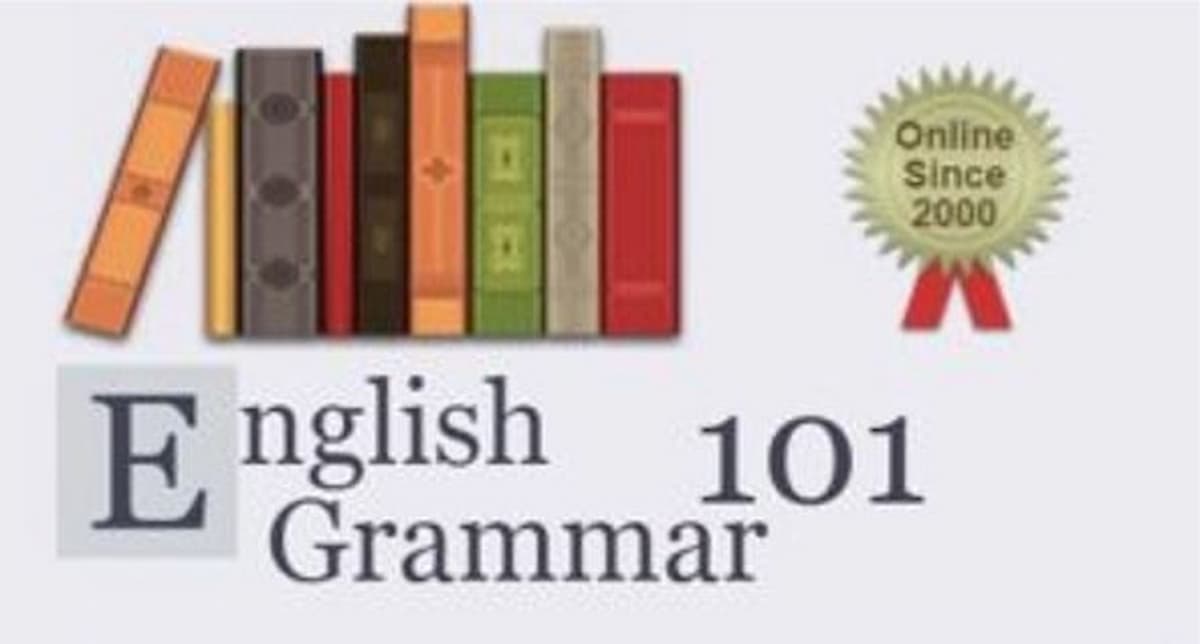
English Grammar 101 Alternatives
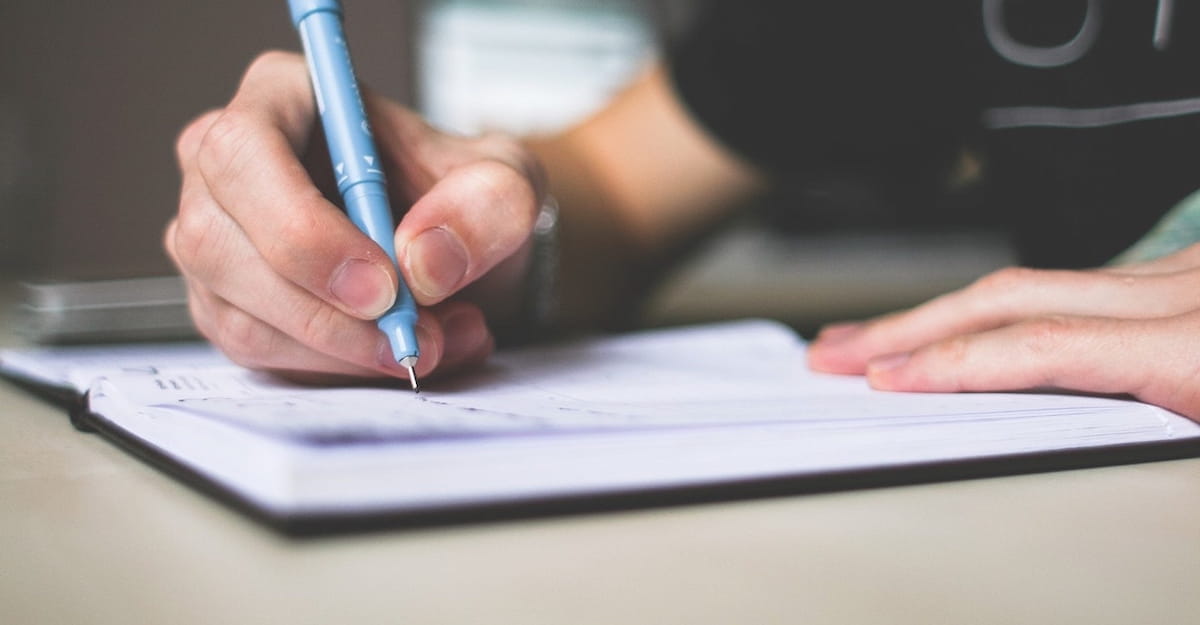
When You Ask for Analysis but You Get Summary Instead

Establishing Confident Writers Through Creativity and Self-Expression
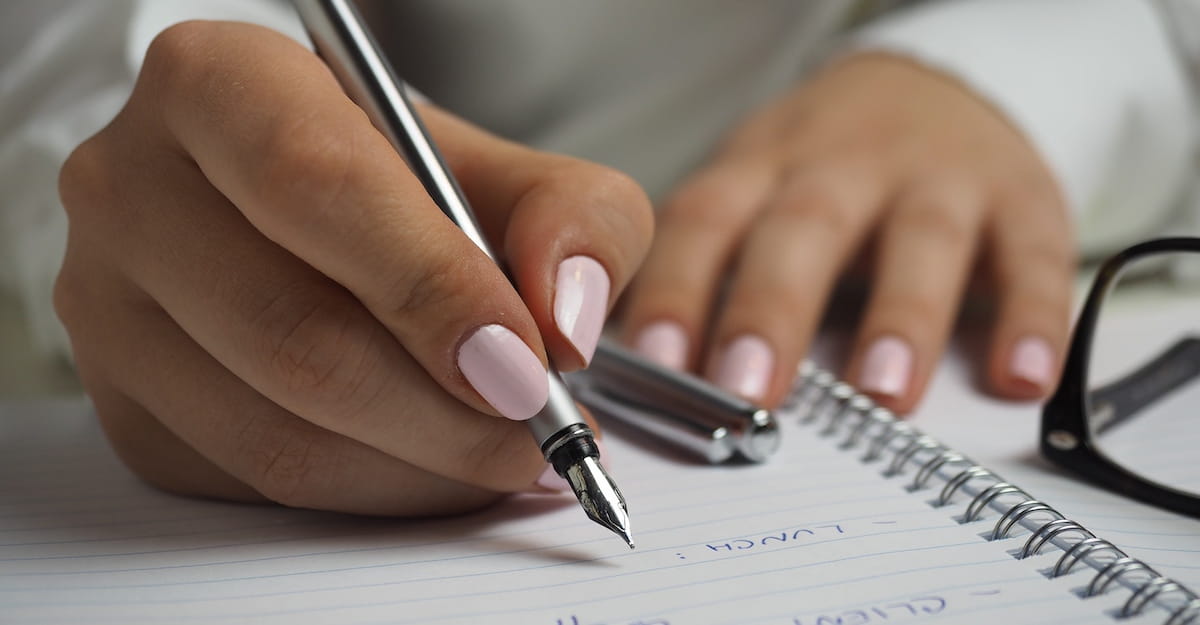
Brainstorming Through Writer’s Block
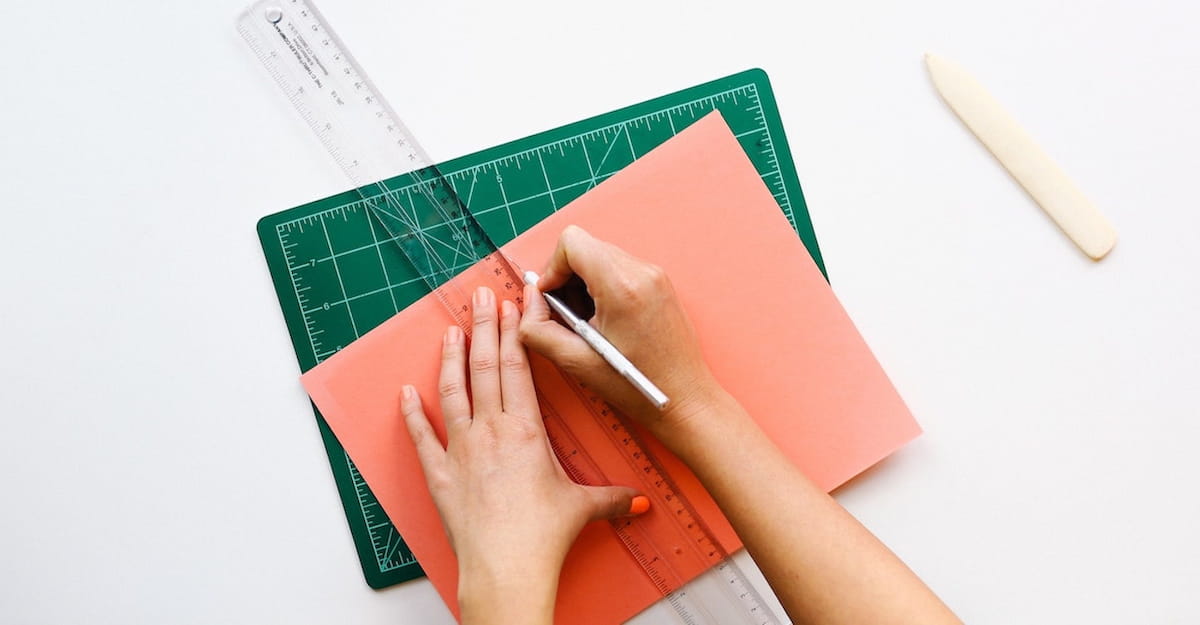
Four Steps to Teaching Your Students Adverbs
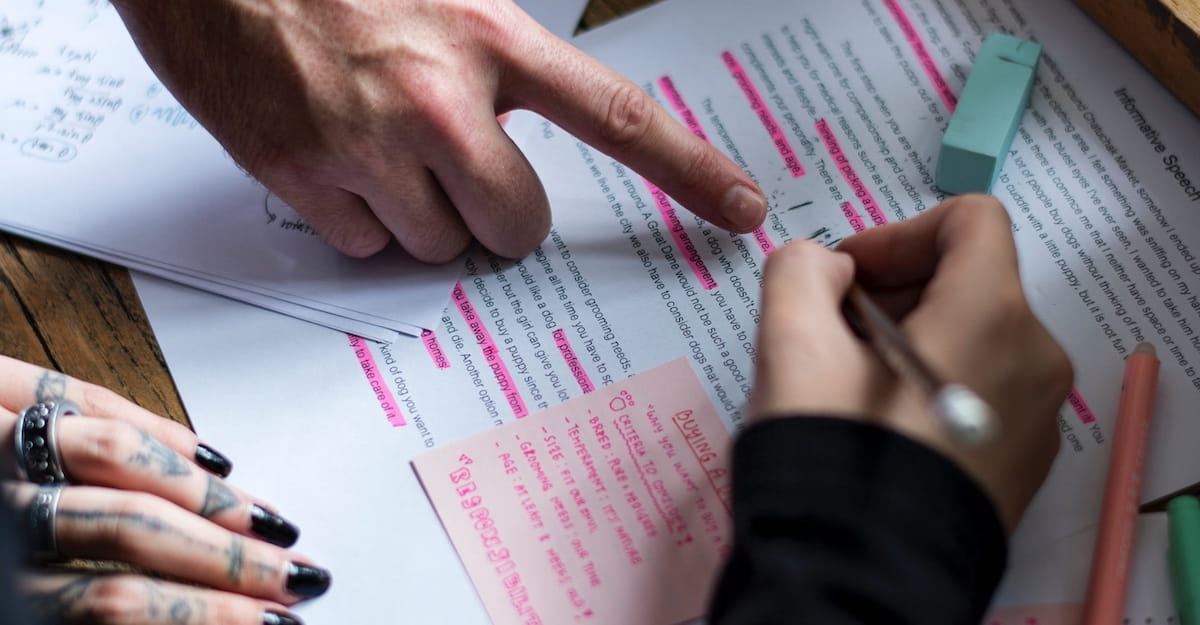
How to Fire Your Internal Critic
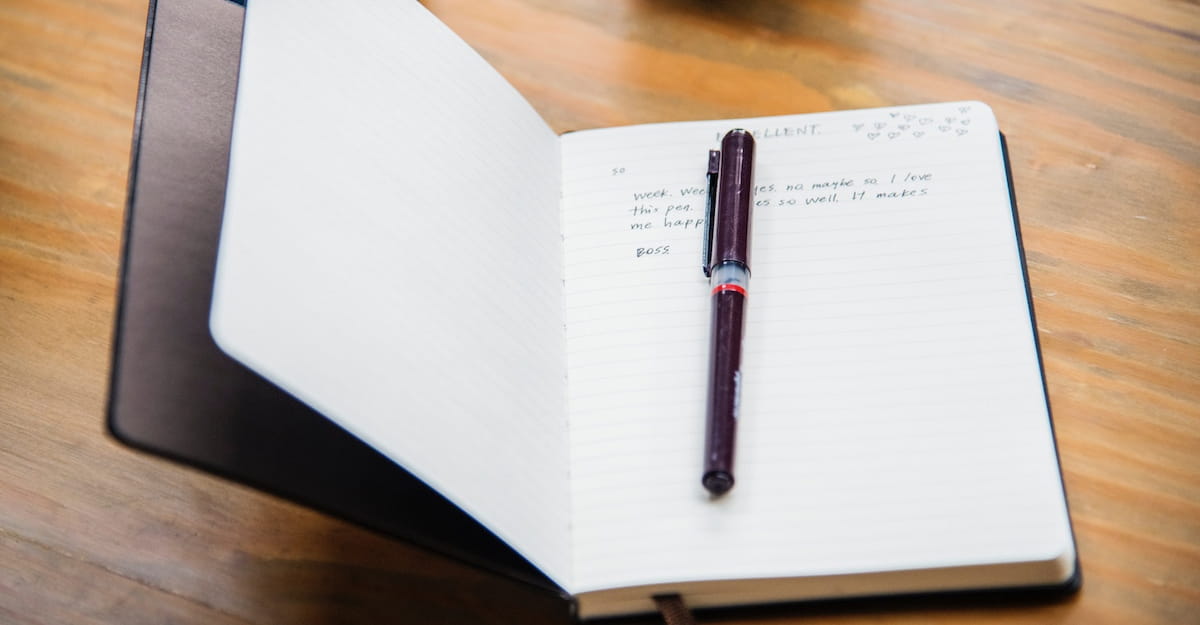
What Just 10 Minutes of Daily Journaling Can Do for Student Writing



